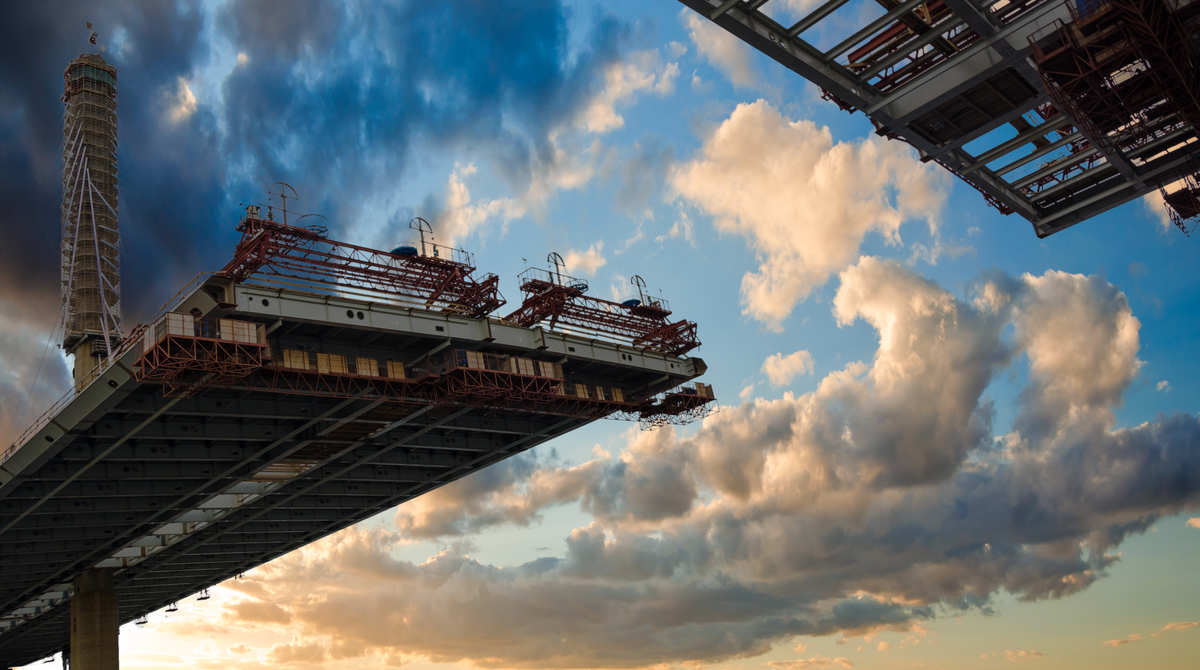
White House officials are preparing to present President Biden with a roughly $3 trillion infrastructure and jobs package. The plan will be unveiled next week in Pittsburgh when the president will be there to make the announcement on March 31st. Some details are still being worked out according to the White House Press Secretary Jen Psaki.
An article in Construction Dive states that this long-awaited infrastructure package emerged this week as the administration ramps up for its second major legislative push after passing the $1.9 trillion American Rescue Plan.
The physical infrastructure portion of the Build Back Better program would be the first of two phases included in an overall spending package that could account for nearly $1 trillion and would include the following:
- Roads
- Bridges
- Rail lines
- Airports
- Ports
- Electric grid
- Clean energy upgrades
- A stable of electric-vehicle charging stations across the country
- Development of a 5G telecommunications network
- Rural broadband deployment
- Water and sewer systems
- 1 million affordable and energy efficient housing units
- Advanced training for millions of workers
The second portion of the plan will focus on what is referred to as "human infrastructure" and would include:
- Investments in education and childcare programs with tax credits
- Creating 1 million new jobs in the American auto industry
- Extending tax cuts to help fight poverty
- Free community college
- Universal prekindergarten
To pay for this plan, Biden has proposed raising the corporate tax rate from 21% to 28%, as well as increasing taxes on individuals making $400,000 a year or more and also raising the top marginal income tax bracket from 37% to 39.6%.
Raising taxes to pay will surely incite more partisan acrimony on Capital Hill and could force the Democrats to use the reconciliation process as they did with the American Rescue Act. Raising taxes could also negatively impact contractors according to Jimmy Christianson, Vice President of government relations at the Associated General Contractors of America.
Even though the items in the physical infrastructure plan represent good news for contractors who need new projects after many jobs were postponed or canceled due to the COVID-19 crisis, raising taxes to pay for them could also negatively impact contractors since many companies are taxed at the individual rate such as employee-owned businesses according to Jimmy Christianson.
Also at risk could be the 20% deduction for pass-through businesses enabled by Section 1999a of former President Trump's 2017 Tax Cuts and Jobs Act, which created parity between corporations and non-corporate taxpayers. This would also be on the chopping block according to Christianson. So paying for infrastructure through those types of tax changes will be a problem to the broader business community.
The plan is expected to total between $3 trillion and $4 trillion and would create 5 million new jobs while restoring all the jobs lost during the past year due to the pandemic according to the New York Times.
VOA News USA reports that many republicans in Congress seem to think that this package is full of wasteful government projects. Infrastructure is generally considered to be one of the areas that are most ripe for bipartisan cooperation in Congress so we will just have to wait and see. Congressional committees are already working in bipartisan fashion on a major surface transportation bill that would replace existing authorizations that expire in September. In the Senate, the Committee on Environment and Public Works has introduced a bill to overhaul the nation's water infrastructure.
The administration hopes that Republicans can be brought on board by describing the infrastructure push as essential to maintaining the U.S. role as an economic superpower.
"We see other countries pulling ahead of us, with consequences for strategic and economic competition. By some measures, China spends more on infrastructure every year than the U.S. and Europe combined. The infrastructure status quo is a threat to our collective future. We face an imperative to create resilient infrastructure and confront inequities that have devastated communities."
Secretary of Transportation | Pete Buttigieg
This infrastructure plan is drawing comparisons to the New Deal policies of President Franklin D. Roosevelt during the Great Depression in the 1930's.
That combination of government work projects, unemployment relief and financial reforms helped to lift the country out of the Depression and reshaped the economy and politics for a generation.
Posted by Judy Lamelza





